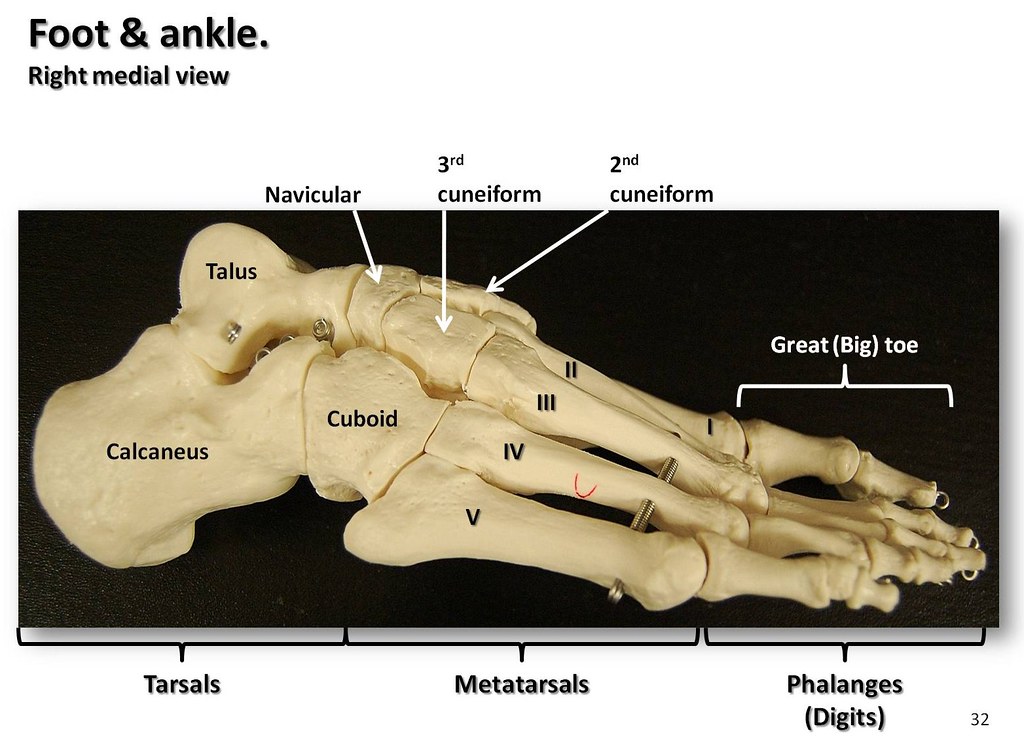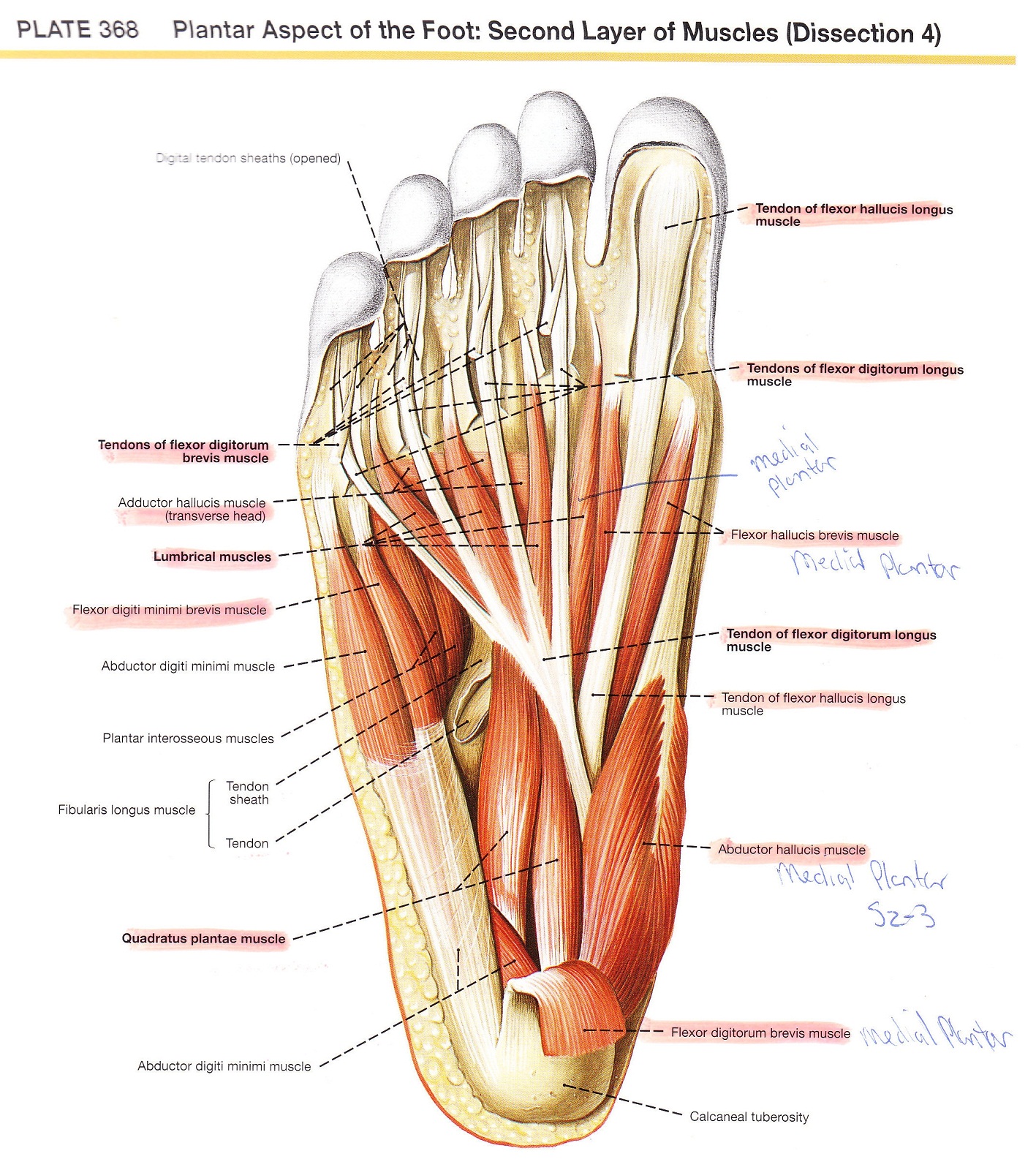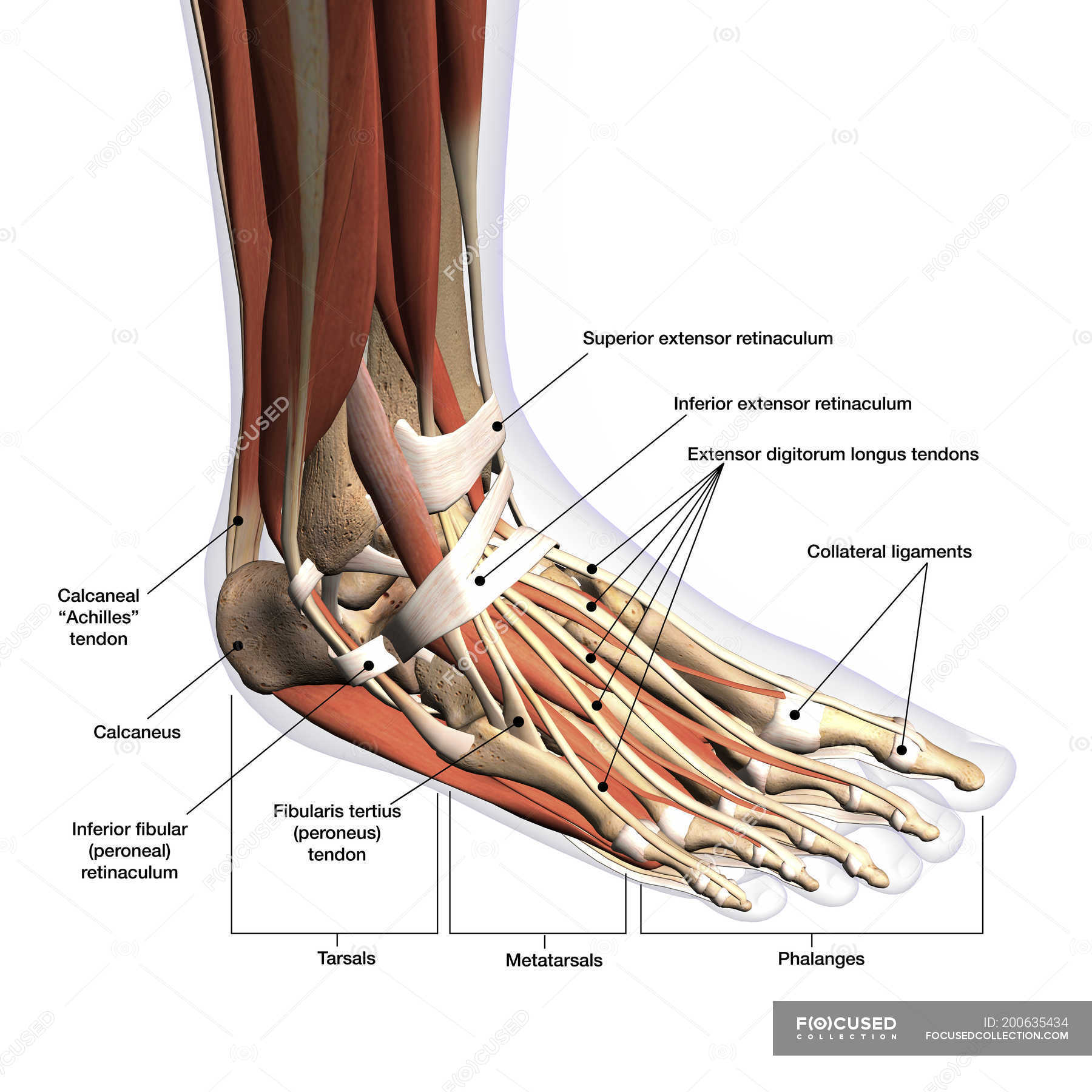
How to have beautiful, healthy feet banish bunions and other
The bones of the foot provide mechanical support for the soft tissues; helping the foot withstand the weight of the body whilst standing and in motion. They can be divided into three groups: Tarsals - a set of seven irregularly shaped bones. They are situated proximally in the foot in the ankle area. Metatarsals - connect the phalanges to.

Ankle Bones Diagram . Ankle Bones Diagram Ankle Diagrams Diagram Link
Foot bones labeling diagrams Foot bones labeled Foot bones unlabeled Sources + Show all Revise foot bone anatomy As you already know, there are 26 bones in the foot (FYI, that's almost a quarter of all the bones in the body!). But how are these distributed? The answer is between three distinct groups:

Foot & Ankle Bones
1/2 Synonyms: Talocrural joint The foot is the region of the body distal to the leg that is involved in weight bearing and locomotion. It consists of 28 bones, which can be divided functionally into three groups, referred to as the tarsus, metatarsus and phalanges.

Pin on Anatomny
LABELED DIAGRAMS. Figure 1. Sections and Bones of the Foot A. Lateral (Left) B. Anterior (Right) Figure 2. Compartments of the Foot A. Cut Section through Mid-Foot. Figure 3. First Layer of the Foot A. Plantar View of Right Foot. Figure 4. Second Layer of the Foot A. Plantar View of Right Foot.

Bones of the foot and ankle, medial view with labels App… Flickr
The 20-plus muscles in the foot help enable movement, while also giving the foot its shape. Like the fingers, the toes have flexor and extensor muscles that power their movement and play a large.

Anatomy Bones Learning Skeleton Feet Chapter 5 Appendicular Skeleton
The anatomy of the foot. The foot contains a lot of moving parts - 26 bones, 33 joints and over 100 ligaments. The foot is divided into three sections - the forefoot, the midfoot and the hindfoot. The forefoot. This consists of five long bones (metatarsal bones) and five shorter bones that form the base of the toes (phalanges).

anatomy of the foot Ballet News Straight from the stage bringing
When to see a doctor Summary The foot is an intricate part of the body, consisting of 26 bones, 33 joints, 107 ligaments, and 19 muscles. Scientists group the bones of the foot into the.

Foot pain looking up the chain
Cuboid Medial cuneiform Intermediate cuneiform Lateral cuneiform Some people may be born with an extra navicular bone ( accessory navicular) beside the regular navicular bone, on the inside of the foot. This is a normal anatomical variation seen in around 2.5% of the entire population of the US. Metatarsal Bones

Pin on Peopleanatomy
Fibula Talus Cuneiforms Cuboid Navicular Many of the muscles that affect larger foot movements are located in the lower leg. However, the foot itself is a web of muscles that can perform.

Diagrams of Foot 101 Diagrams
Common causes of foot pain include plantar fasciitis, bunions, flat feet, heel spurs, mallet toe, metatarsalgia, claw toe, and Morton's neuroma. If your feet hurt, there are effective ways to ease the pain. Some conditions specific to the foot can cause pain, less movement, or instability. Verywell / Alexandra Gordon.

image lateral_ankle for term side of card Ligament Tear, Ligaments And
Anatomy is a road map. Most structures in the foot are fairly superficial and can be easily palpated. Anatomical structures (tendons, bones, joints, etc) tend to hurt exactly where they are injured or inflamed.

Diagrams of Foot 101 Diagrams
The extensor digitorum brevis is a small, thin muscle which lies underneath the long extensor tendons of the foot. Attachments: Originates from the calcaneus and inferior extensor retinaculum. It attaches onto the long extensor tendons of the medial four toes. Actions: Extension of the lateral four toes. Innervation: Deep fibular nerve.

Anatomy of human foot with labels on white background — ankle, leg
Skeletal System Bones of foot Bones of foot The 26 bones of the foot consist of eight distinct types, including the tarsals, metatarsals, phalanges, cuneiforms, talus, navicular, and cuboid.

Foot Anatomy, Gross Anatomy, Anatomy Art, Anatomy Drawing, Skeleton
Ankle anatomy The ankle joint, also known as the talocrural joint, allows dorsiflexion and plantar flexion of the foot. It is made up of three joints: upper ankle joint (tibiotarsal), talocalcaneonavicular, and subtalar joints. The last two together are called the lower ankle joint.
.jpg)
Foot Bone Diagram resource Imageshare
The Anatomy of Feet | Foot Diagrams, Physiology, and Pictures Made From The Molds Of Your Feet Active Designed for an active lifestyle. View Active Insoles Everyday Designed for normal day-to-day use. View Everyday Insoles Take Free Orthotics Quiz Table of Contents - Jump to section:

Bones of the ankle and foot. Bones of the ankle, Human body bones
The diagram of bones in the ankle and foot is given below: Tarsal Bones The tarsal bones in the foot are located amongst tibia, metatarsal bones, and fibula. There are in all 7 bones, which fall under tarsal bones category. They are: Calcaneus or Calcaneum: To explain the term in layman's language, it is the heel bone in the skeletal system.